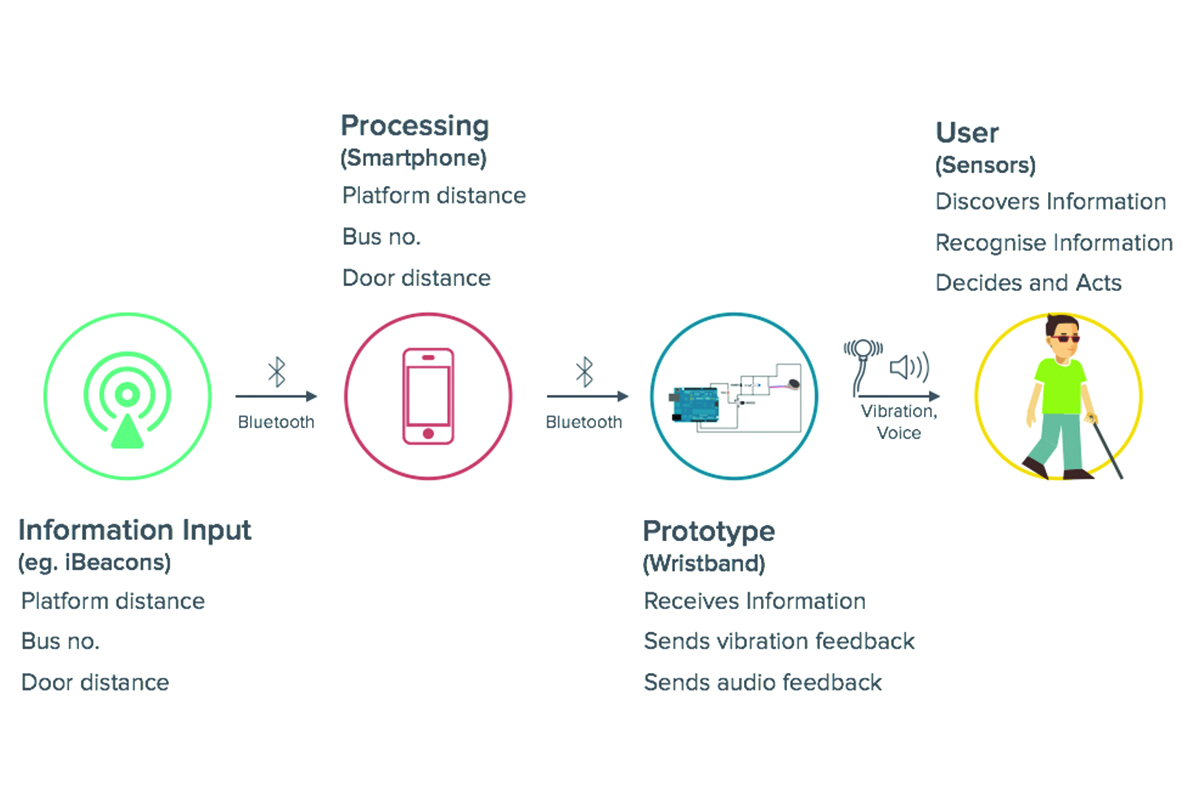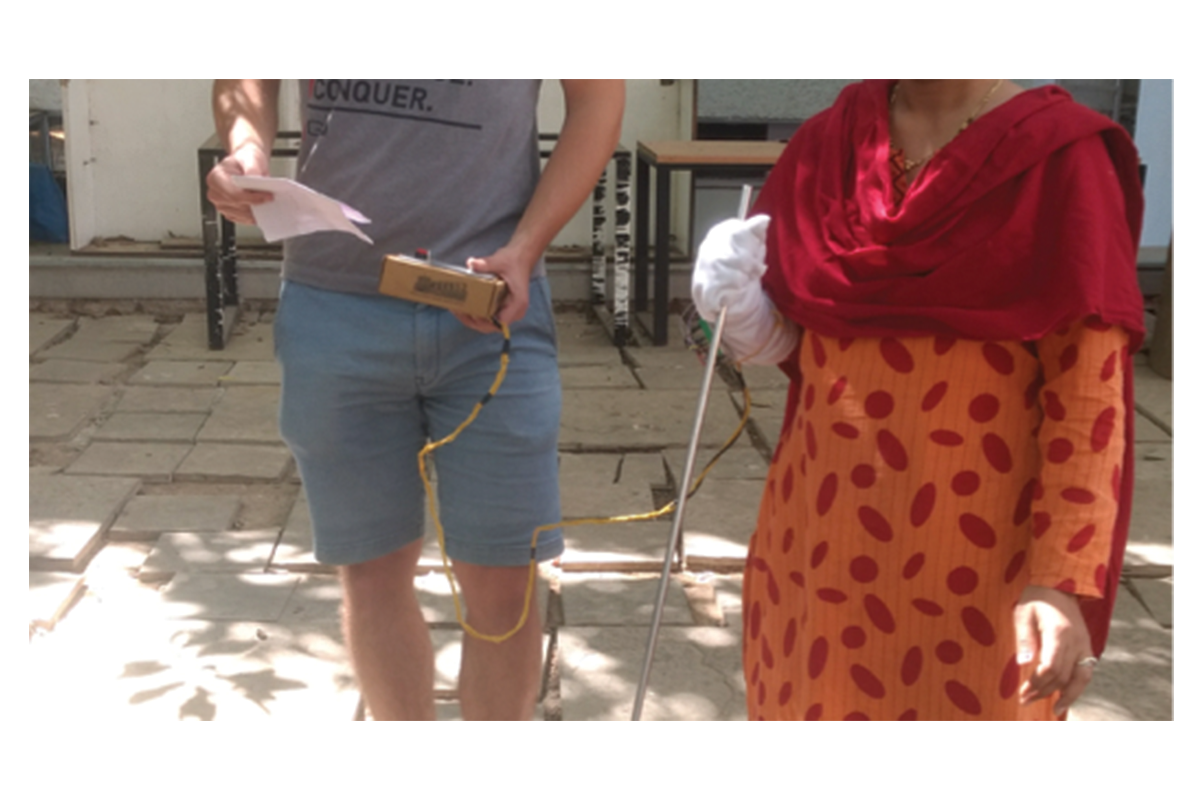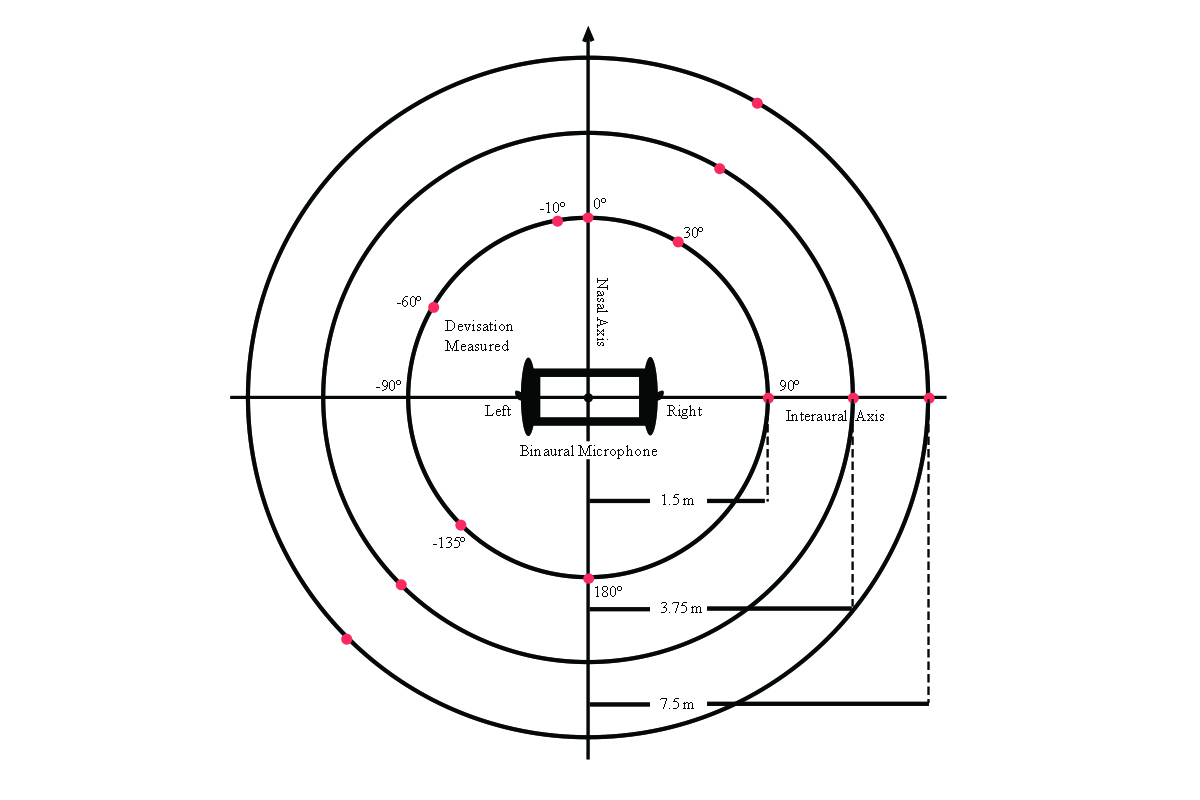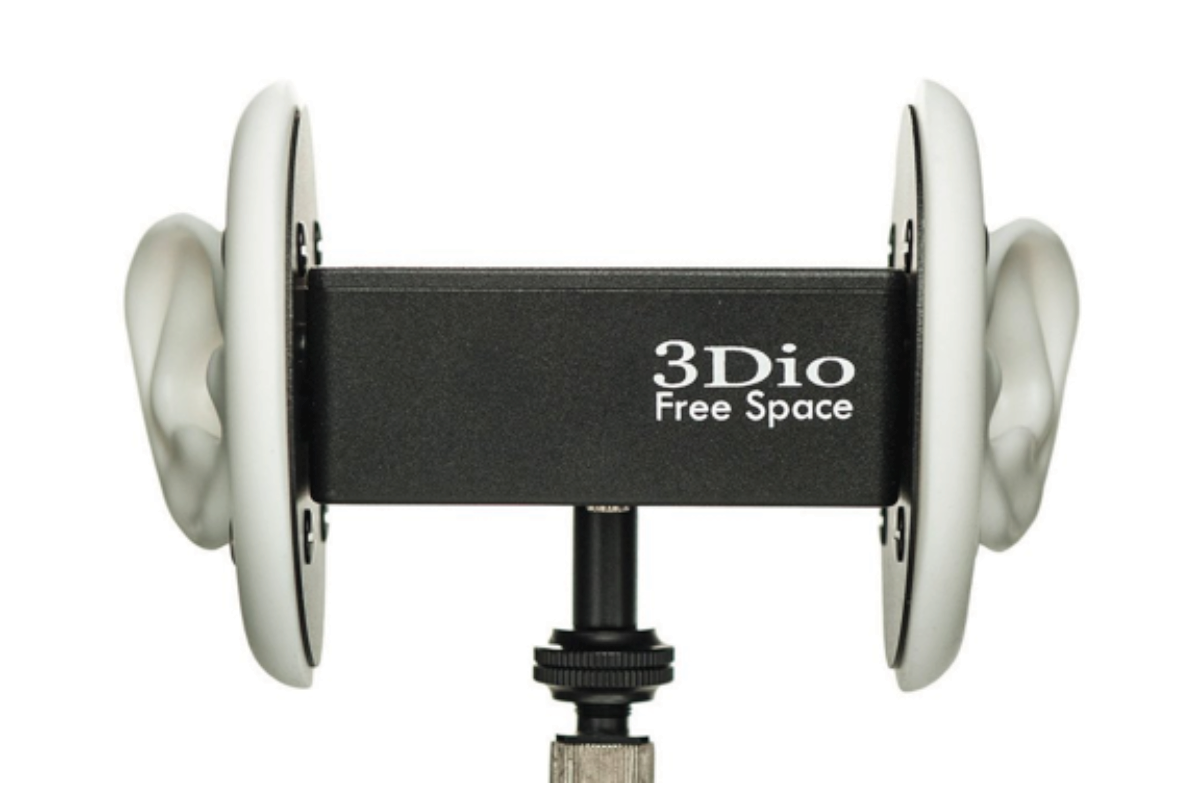Name: Anjana S
Guide: Prof. Anirudha Joshi
Course: Interaction
Credits: IAD, TU Darmstadt/ Visually impaired volunteers
Design interventions for The Visually Impaired to help them orient and navigate locate places
- Part 1: (Student exchange with Ergonomics department of Technical
University Darmstadt, Germany). Navigation for visually impaired users based on audio-instructions given by visually impaired people. A wearable using arduino for the forearm, gives feedback for micro navigation to navigate to the bus stand.
- Part 2: Experimental analysis of instructions from visually impaired and
binaural audio (3D sound) for creating a crowd sourced map for the visually impaired. Understanding the perception of sound cues in an ambient noise by visually impaired using 3D binaural audio.
A wearable to help visually impaired micronavigate. This was a collaborative project between IDC, IIT Bombay and IAD, TU Darmstadt – Germany. The team of 4 students made a prototype by building a simple glove which gave feedback in the form of vibration on inner forearm above the wrist. The feedback was generated by a wired controller to give 5 types of vibration combinations. The participants felt the wearable was comfortable and unobtrusive while giving them feedback for navigating. The vibration patterns generated were recognisable since there was enough contrast.
An experiment to observe how they localize sound cues in a 3D binaural ambient recording of different environments. The experiment will use Binaural Audio to see how a participant is able to identify the direction of the sound (specific sound that will be pre-decided) from an environment recreated by 3D sound recording. The experiment will further investigate the perception of relative distance when the same sound is played from varying depths (recorded from different distances) given he/she is trained with the 3D spatial sound of the environment
Navigation for visually impaired users based on audio-instructions of landmarks and preferable routes, given by visually impaired people. This project aims at comparing traditional maps made by sighted people with instructions in the form of audio combined with sound recordings of specific landmarks. Here I try to find out whether Landmark instructions-based navigation is better for visually impaired users by leading to less errors and less time consuming.






